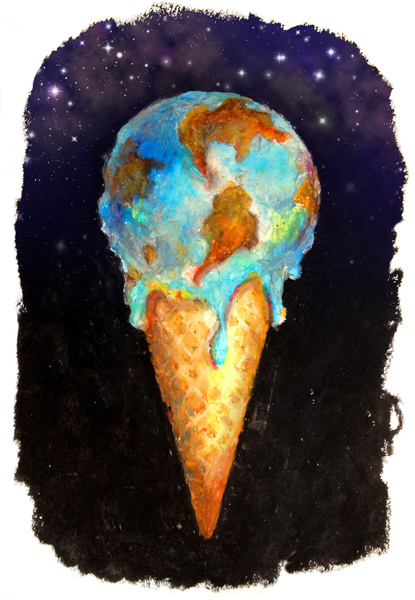 Overcast and cold with a hint of light to the east — early Tuesday here on California’s north coast, and what’s the NWS-difference between ‘mostly cloudy,’ and ‘partly sunny,’ and who/what makes that subtle distinction?
Overcast and cold with a hint of light to the east — early Tuesday here on California’s north coast, and what’s the NWS-difference between ‘mostly cloudy,’ and ‘partly sunny,’ and who/what makes that subtle distinction?
Meanwhile, and right now, a huge, monster storm is bashing the US eastern seaboard, and although New York City “dodged the bullet,” New England is getting hammered — a strong forewarning created big cities empty of people and vehicles, odd sight on the TV news this morning. Leading stories on all media is the storm.
And Juno is indeed bad, maybe even still ‘potentially historic,’ but apparently not as horrible as predicted: ‘By early today, forecasters downgraded most of their numbers, saying New England would fare the worst, but even then not as bad as expected.’
(Illustration above found here).
Yet dodging bullets, ignoring warnings even as more warm air creates some kick-ass winter-storms chugged full of water:
“It’s a case of haves and have nots,” AccuWeather meteorologist Tyler Roys told USA Today on Tuesday.
“The worst of it is in the coastal areas. Other places have been relatively spared.”
Climate change affects/effects winter, too, as warmer air holds more moisture, and if the ingredients at right, snow and lots of it.
This not-so-strange phenomenon was detailed at Climate Central yesterday — some bits:
Simply put, the warmer atmosphere holds more moisture, which can mean more snow as long as temperatures remain cold enough; average snow amounts are actually expected to decrease with warming by 2100, but the most extreme snows won’t drop off quite as quickly.
…
The low pressure area at the heart of the storm is tracking along the East Coast in a way that lets it exploit the contrast between the cold air over land and the warmth of the oceans, which are running more than 2°F warmer than normal along much of the coast, said Kevin Trenberth, a climatologist at the National Center for Atmospheric Research in Boulder, Colo.
The warmer ocean waters mean more moisture in the atmosphere for the storm to suck up; the cold air over the continent ensures that moisture falls as snow.
“The developing storm is in just the right position to tap into the high moisture over the ocean and develop as it experiences the sharp contrast between the continent and the relatively warm ocean,” Trenberth said in an email.
About half of the current anomalous ocean warmth, and therefore the enhanced moisture, can be attributed to climate change, Trenberth said.
As the oceans and atmosphere warm due to the buildup of heat-trapping greenhouse gases, that moisture source could continue to grow, to the tune of 4 percent more water vapor in the atmosphere for every 1°F rise in global temperatures.
Earth’s average temperature has already risen by 1.6°F since the beginning of the 20th century, and is expected to rise another 0.5°F to 9°F by 2100, according to the Intergovernmental Panel on Climate Change, depending on greenhouse gas emissions.
And the big take-away:
One clear effect of climate change on the impacts of nor’easters comes not from the snows they’re associated with, but from the coastal flooding they can cause — an often underappreciated threat.
Like hurricanes, the ferocious winds of nor’easters can whip up a significant storm surge that can then flood coastal areas.
Such floods are even more likely due to the 1 foot of sea level rise off the Northeast since 1900, due in part to the expansion of warming ocean waters, as well as ice melt.
And such as such — also via National Geographic:
TV meteorologists may be calling it Winter Storm Juno, but climate scientists have a different name for the “once-in-a-century” blizzard that’s expected to blanket the U.S. East Coast from New Jersey to Maine starting on Monday.
They call it completely predictable.
“Big snowfall, big rainstorms, we’ve been saying this for years,” says climate scientist Don Wuebbles of the University of Illinois in Urbana.
“More very large events becoming more common is what you would expect with climate change, particularly in the Northeast.”
Duh!